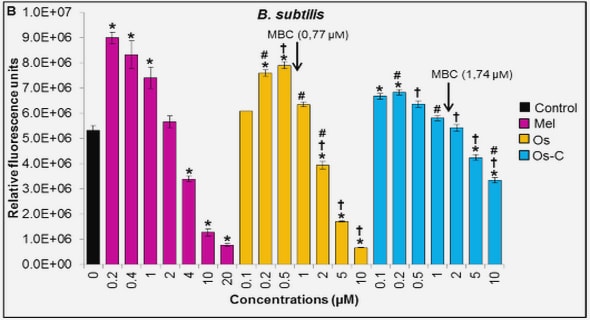(Downloads - 0)
For more info about our services contact : help@bestpfe.com
Table of contents
1. Introduction
1.1. Laser powder bed fusion (L-PBF)
1.2. Aluminum alloys in L-PBF
1.3. Thesis aim and methodology
1.4. Thesis Structure
2. Literature review
2.1. Aluminum Alloys fabricated in L-PBF
2.2. Defects encountered in Aluminum alloys during L-PBF.
2.3. Cracking mechanism (Review)
2.4. Cracking sensitivity criteria
2.5. Cracking mitigation strategies in Al-alloys (L-PBF and welding literature)
3. Powder Characterization
3.1. Chemical composition.
3.2. Powder size distribution
3.3. Powder morphology and flowability
4. Process parameter optimization and microstructural observations
4.1. Process Optimization
4.2. Multi-scale characterization of the as-built microstructure (optimized parameters)
4.3. Summary of Chapter 4.
5. Developing cracking sensitivity criteria (based on RDG model)
5.1. Rappaz, Drezet & Gremaud (RDG criterion)
5.2. Thermodynamic calculations.
5.3. Rationalizing cracking at HAGB’s
5.4. Estimating solidification conditions typical of L-PBF (thermal gradient and solidification velocity) 124 Introduction to Rosenthal analytical solution.
5.5. Predicting critical pressure drop
5.6. Summary
6. Effect of processing parameters on hot cracking sensitivity
6.1. Introduction
6.2. Evaluating cracking sensitivity for L-PBF melting parameters.
6.3. Effect of preheating conditions.
6.4. Sensitivity studies for different parameters.
6.5. Summary
7. Effect of chemical composition modification on the hot cracking sensitivity
7.1. Introduction
7.2. Effect of Solute content modification
7.3. Effect of Zirconium (Zr) addition
8. Conclusions and recommendation for future work
8.1. Conclusions
8.2. Perspectives
Appendix
Laser tracks on 6061 Al-alloy (bulk substrates)
List of Figures
List of Tables
References




